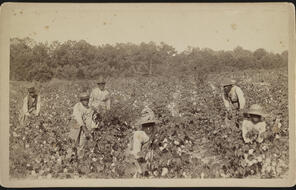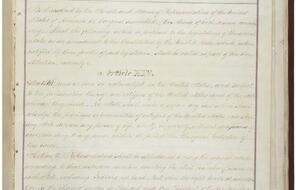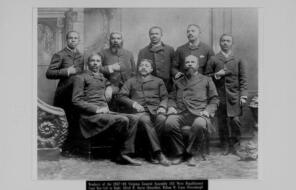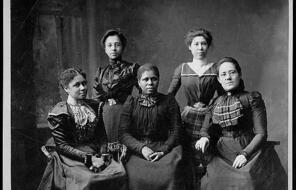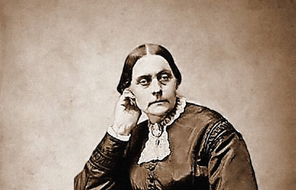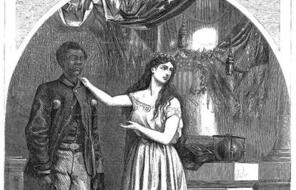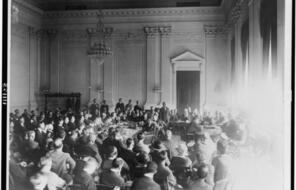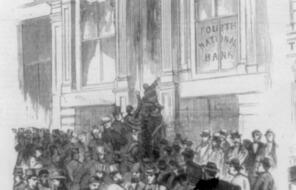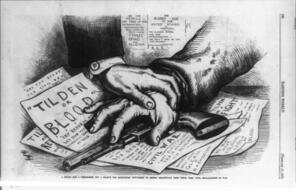An Indian’s Looking Glass for the White Man, 1833
At a Glance
Subject
- History
- Social Studies
- Democracy & Civic Engagement
- Human & Civil Rights
- Racism
The following text is an excerpt from an essay written by William Apess in 1833. The essay was originally published as an addendum to Apess’s edited collection The Experiences of Five Christian Indians of the Pequot Tribe. Apess was of European and Pequot descent. As an author and minister, he dedicated his life to the cause of racial equality and Native American rights.
[W]hy are we not protected in our persons and property throughout the Union? Is it not because there reigns in the breast of many who are leaders, a most unrighteous, unbecoming and impure black principle . . . while these very same unfeeling, self-esteemed characters pretend to take the skin as a pretext to keep us from our unalienable and lawful rights? I would ask you if you would like to be disfranchised from all your rights, merely because your skin is white, and for no other crime?
. . . [I am] merely placing before you the black inconsistency that you place before me—which is ten times blacker than any skin that you will find in the Universe. And now let me exhort you to do away that principle, as it appears ten times worse . . . than skins of color—more disgraceful than all the skins that Jehovah ever made. If black or red skins, or any other skin of color is disgraceful to God, it appears that he has disgraced himself a great deal—for he has made fifteen colored people to one white, and placed them here upon this earth.
. . . Assemble all nations together in your imagination, and then let the whites be seated amongst them, and then let us look for the whites, and I doubt not it would be hard finding them; for to the rest of the nations, they are still but a handful. Now suppose these skins were put together, and each skin had its national crimes written upon it—which skin do you think would have the greatest?
I will ask one question more. Can you charge the Indians with robbing a nation almost of their whole Continent, and murdering their women and children, and then depriving the remainder of their lawful rights, that nature and God require them to have? 1
- 1William Apess, An Indian’s Looking Glass for the White Man, 1833.

